Russian life through the eyes of the 'modern Rousseau'
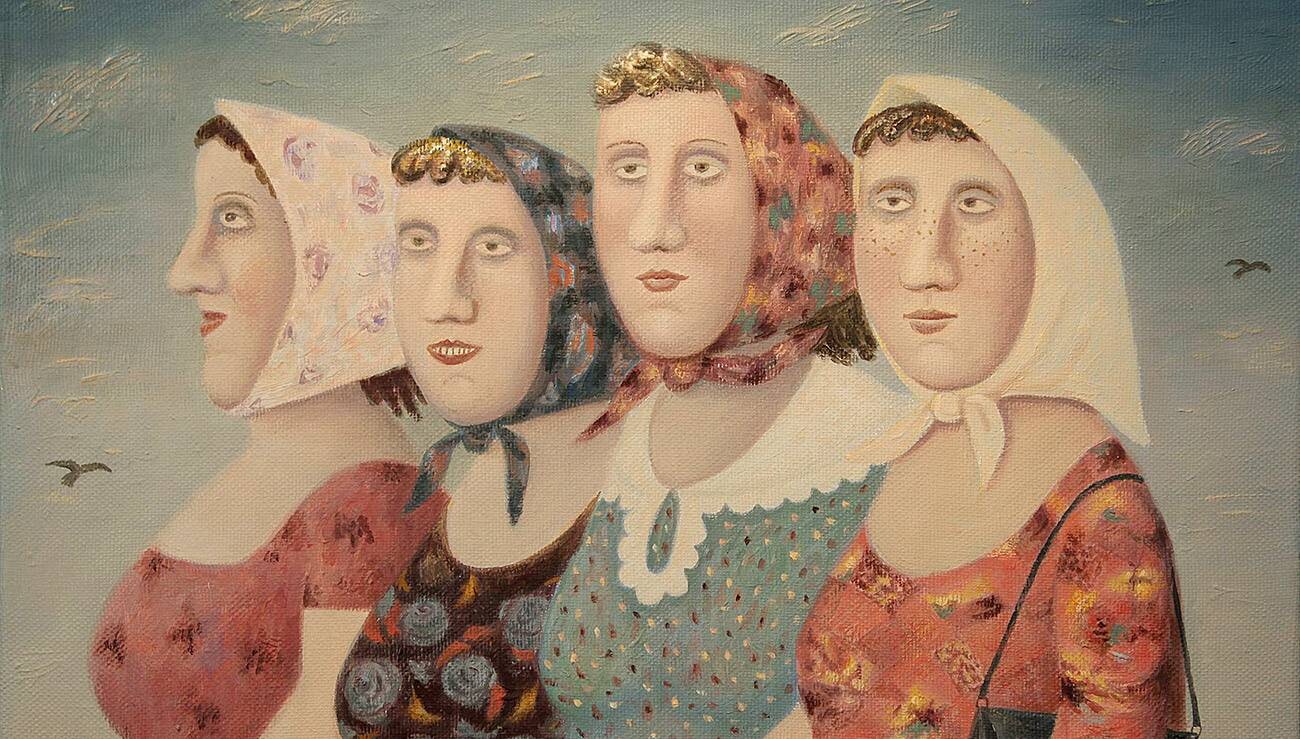
Fairytale or true story
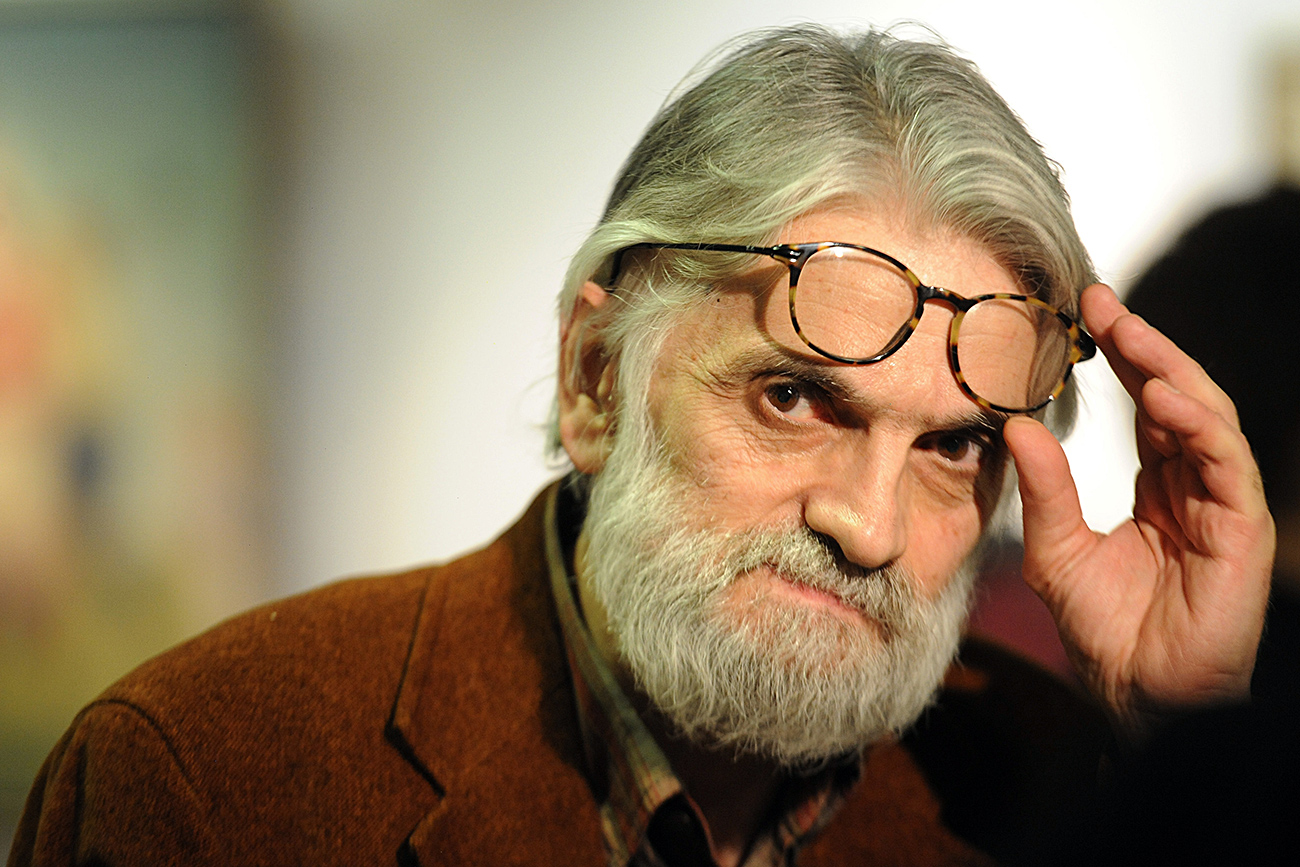
Each Lyubarov painting is a story carefully depicting the nature of its protagonists and secondary characters. Photo: Vladimir Lyubarov.
Sergei Karpov/TASSHis artistic style is recognizable and has many influences. It includes the Naïve aspects of French post-Impressionist painter Henri Rousseau and the romanticism of Marc Chagall's poor Jewish villages. His skaters allude to Brueghel and his "eaters" to Van Gogh, while his universal stories come from the Russian lubok: Funny prints about folk life.
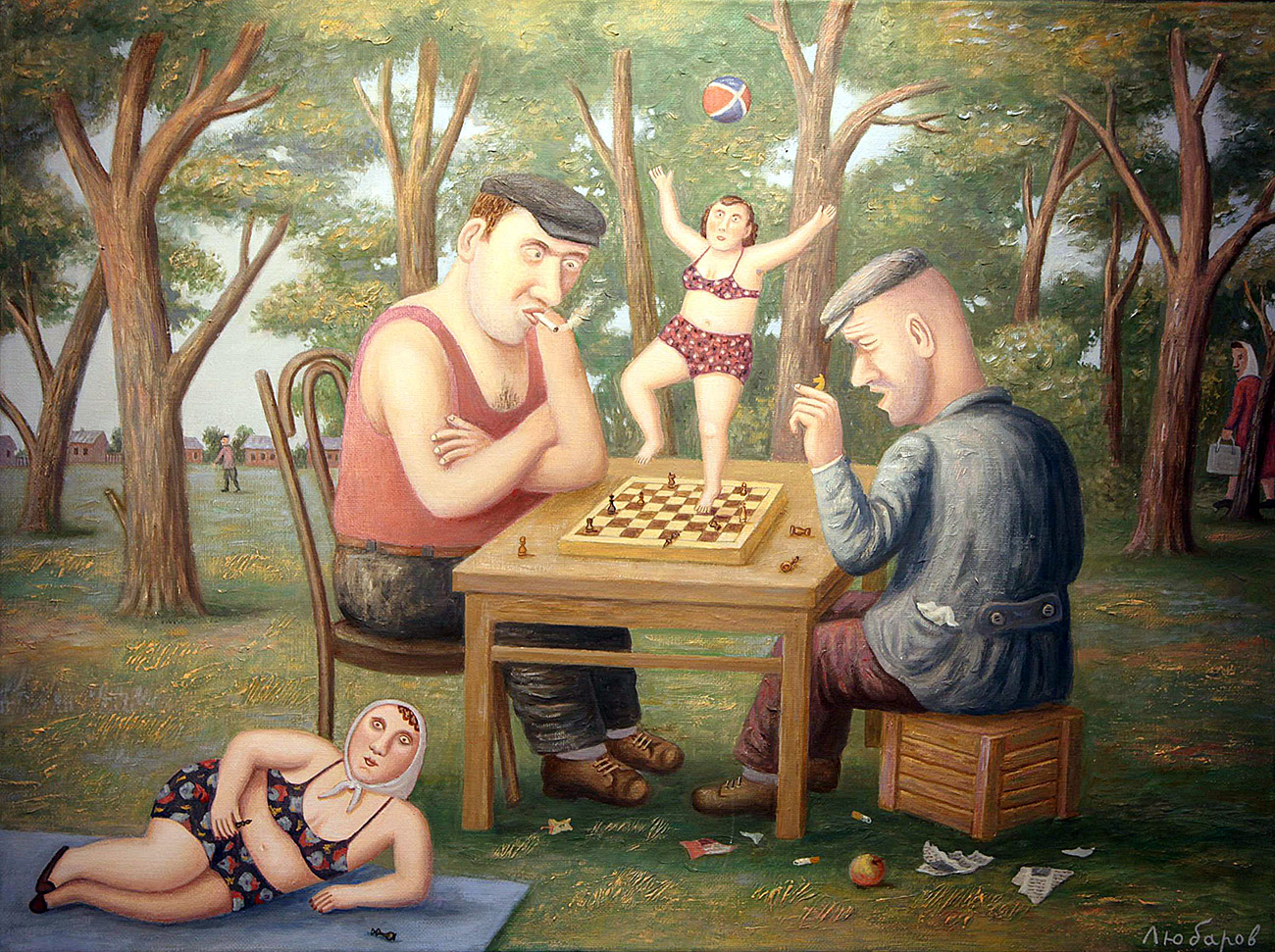 His artistic style is recognizable and has many influences. It includes the Naïve aspects of French post-Impressionist painter Henri Rousseau and the romanticism of Marc Chagall's poor Jewish villages. Source: Vladimir Lyubarov/Genrietta Peryan/Global Look Press
His artistic style is recognizable and has many influences. It includes the Naïve aspects of French post-Impressionist painter Henri Rousseau and the romanticism of Marc Chagall's poor Jewish villages. Source: Vladimir Lyubarov/Genrietta Peryan/Global Look Press
Each Lyubarov painting is a story carefully depicting the nature of its protagonists and secondary characters. They all have a clear location and the characters' intentions are brilliantly portrayed. It’s not by chance that his paintings inspired a puppet show (which was nominated for the famous Golden Mask theater prize), a student play in Moscow and a ballet in Denmark. The world he has created is a fascinating mixture of the Soviet past, Russian village life, and grandma tales.
Address on the map
The half-fairytale universe that Lyubarov created has a real address on the map of Russia: The village of Peremilovo, a three-hour ride from Moscow. Legend says that this settlement existed at the time of Catherine the Great. Another famous personality who is associated with the place is Russian icon painter Andrei Rublev, who was born in the area.
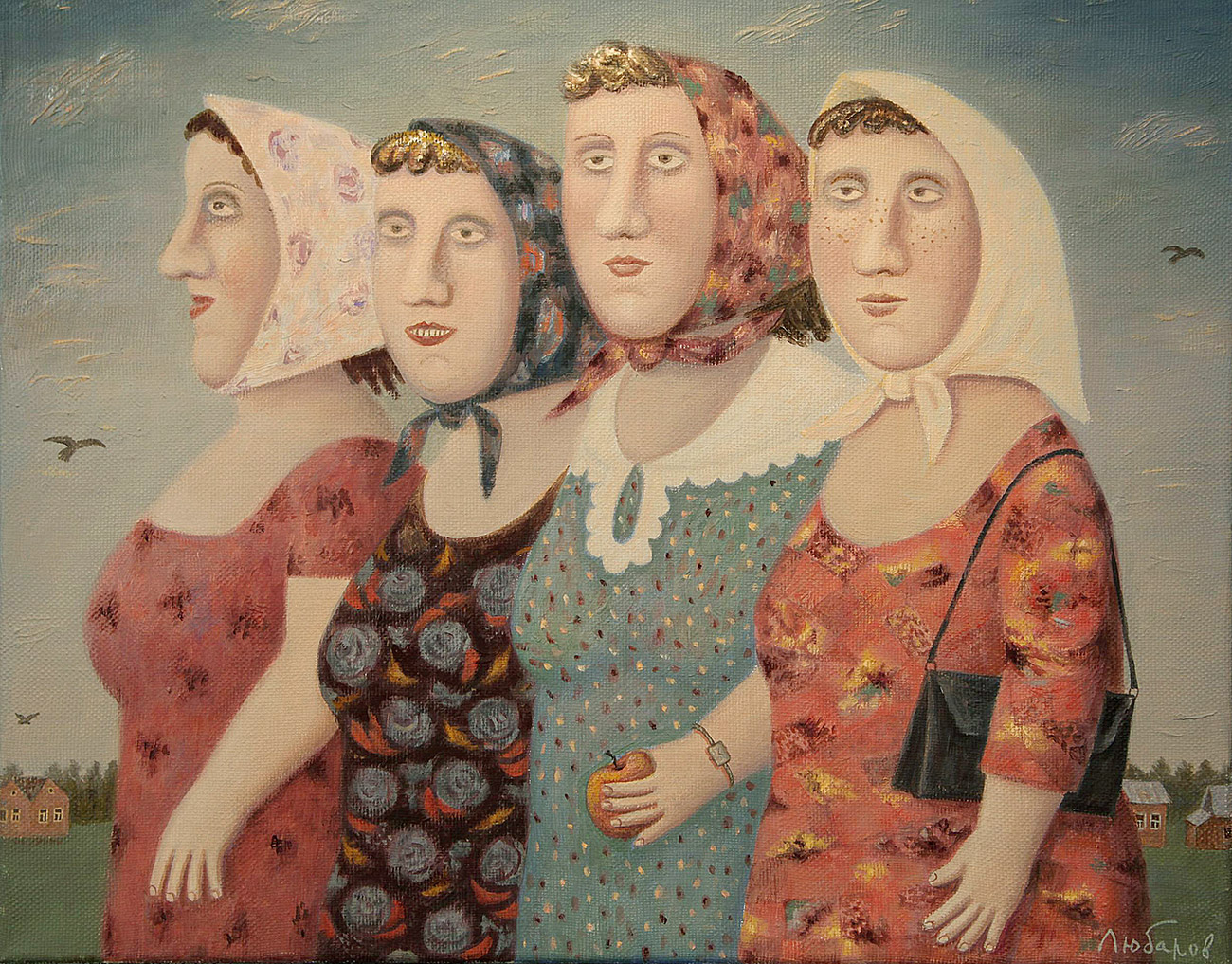 The half-fairytale universe that Lyubarov created has a real address on the map of Russia. Source: Vladimir Lyubarov/Genrietta Peryan/Global Look Press
The half-fairytale universe that Lyubarov created has a real address on the map of Russia. Source: Vladimir Lyubarov/Genrietta Peryan/Global Look Press
Before settling in the depths of Russia's traditional wilderness, Lyubarov had carved out a career in the capital. It began in the 1960s, during the Khrushchev Thaw. At the university he worked as a book illustrator, a profession that was a haven for artists who were at odds with Social realism aesthetics and people who stood against Soviet censorship. He illustrated world and Russian classics by the likes of Jules Verne, Edgar Allan Poe, Voltaire, and E. T. A. Hoffmann.
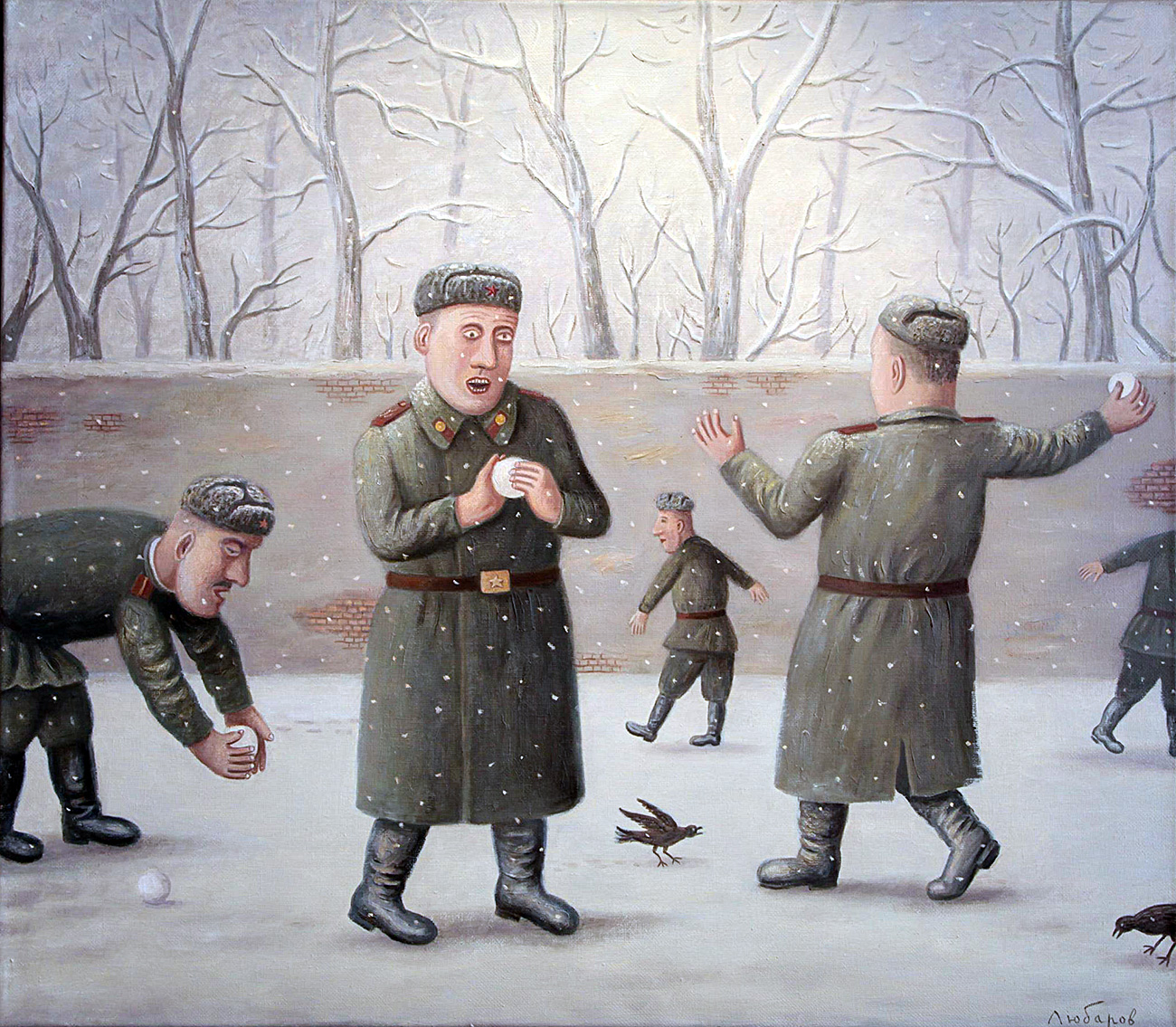 At the university Lyubarov worked as a book illustrator, a profession that was a haven for artists who were at odds with Social realism aesthetics and people who stood against Soviet censorship. Source: Vladimir Lyubarov/Genrietta Peryan/Global Look Press
At the university Lyubarov worked as a book illustrator, a profession that was a haven for artists who were at odds with Social realism aesthetics and people who stood against Soviet censorship. Source: Vladimir Lyubarov/Genrietta Peryan/Global Look Press
He created an unusual design for the popular scientific Chemistry and Life magazine. At the beginning of the Perestroika he and a group of writers established Russia's first private publishing house, Text (only state publishing houses existed during the Soviet era). And in 1991, riding the wave of success, at the age of almost 50 he drastically changed his life.
Leaving the hustle and bustle of Moscow for the woods is a route well travelled by Russian intellectuals, from Lev Tolstoy, who sought truth and meaning in simplicity, to the living Nikolai Polisskoi, thanks to whom the Nikola-Lenivets village near Kaluga became a center for Russian art 15 years ago.
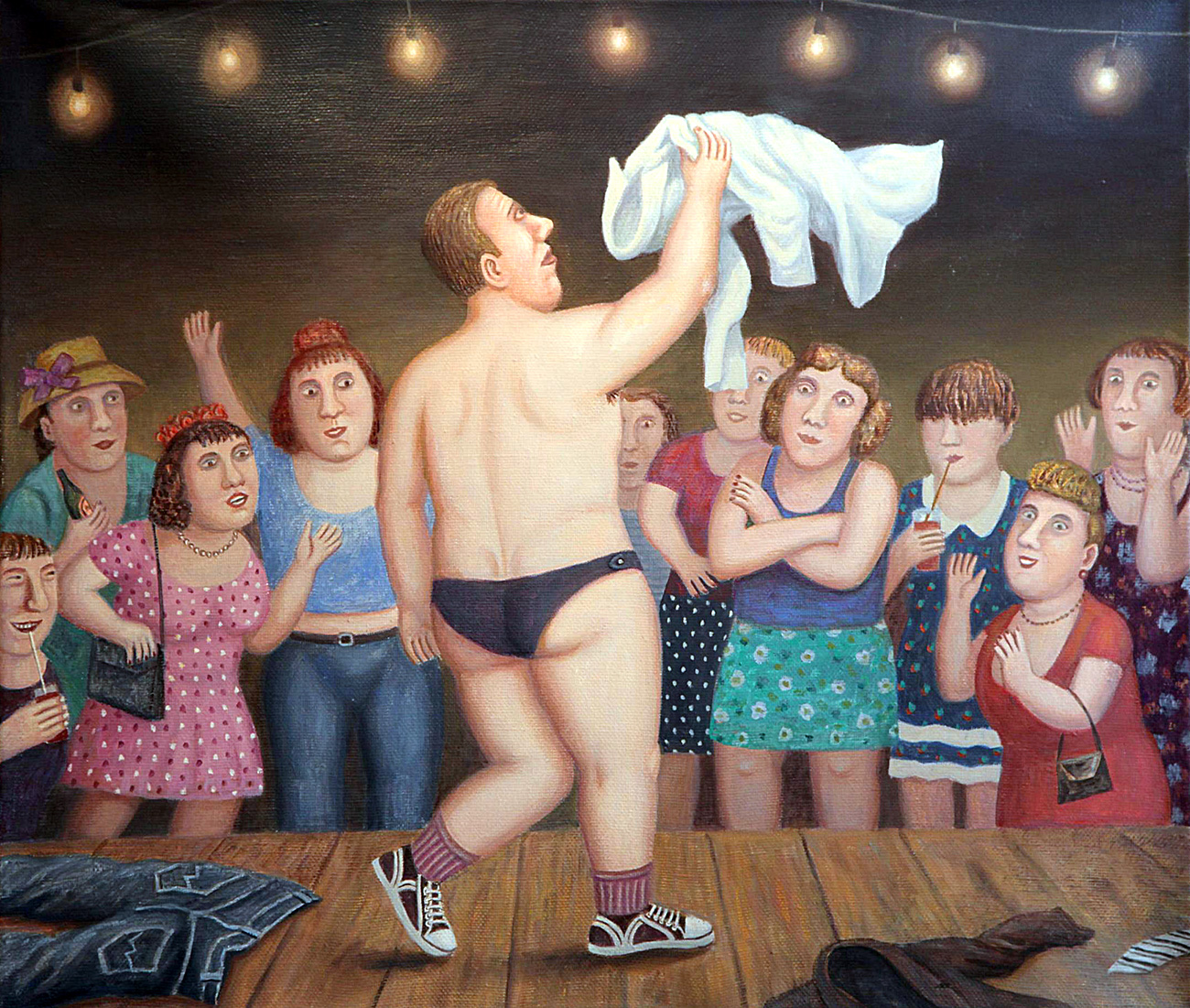 In 1991, riding the wave of success, at the age of almost 50 Lyubarov drastically changed his life. Source: Vladimir Lyubarov/Genrietta Peryan/Global Look Press
In 1991, riding the wave of success, at the age of almost 50 Lyubarov drastically changed his life. Source: Vladimir Lyubarov/Genrietta Peryan/Global Look Press
Lyubarov's Peremilovo, where he began gardening, chopping wood, and painting his new neighbors, suddenly appeared on his canvases and turned into an endless pictorial series that has continued for a quarter of a century. Meanwhile, Peremilovo's residents are now known all over the world - Lyubarov's exhibitions have been held not only at the Tretyakov Gallery and the Russian Museum, but also in galleries in Belgium, Germany, Austria, China, and other countries.
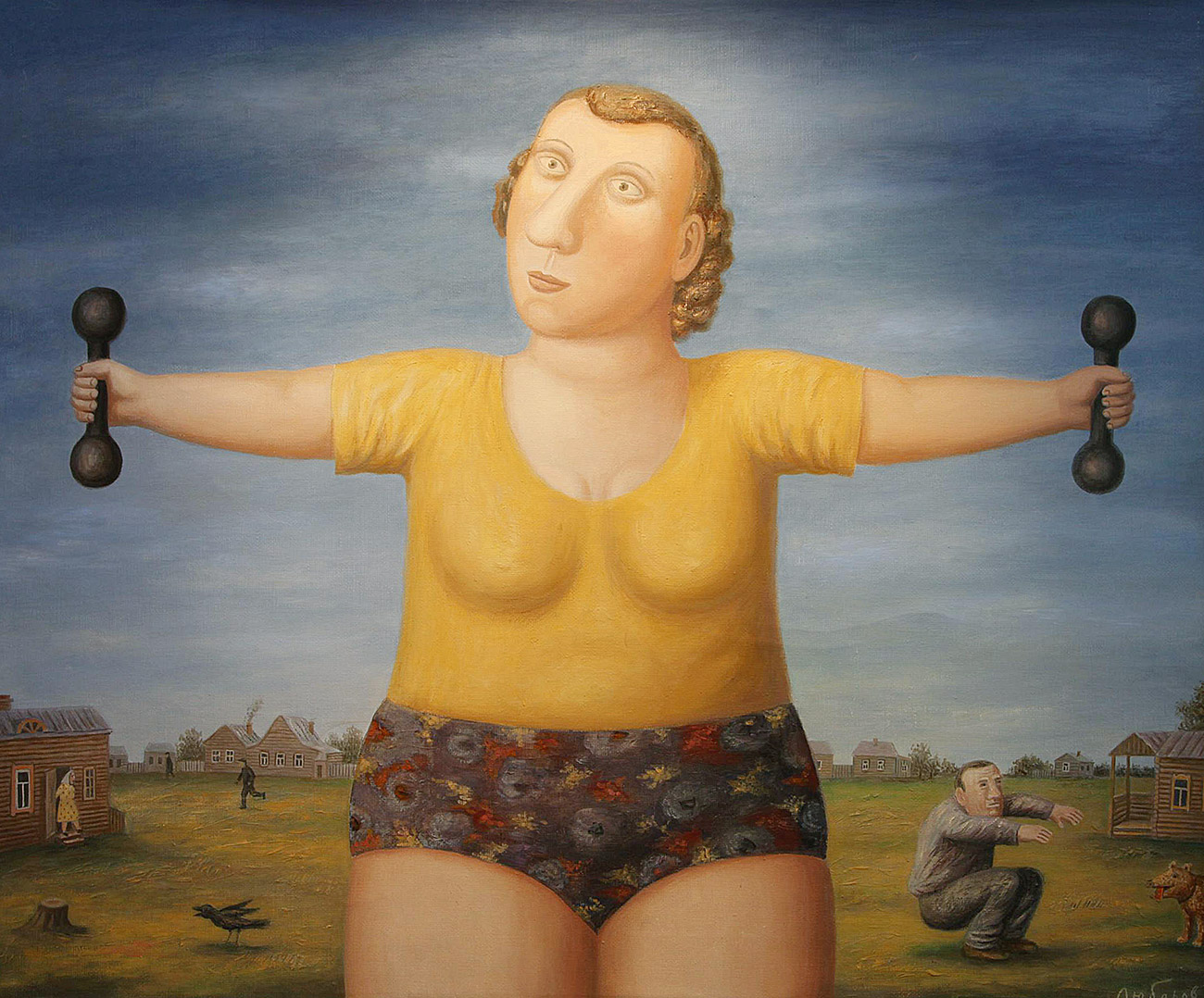 Lyubarov's Peremilovo, where he began gardening, chopping wood, and painting his new neighbors, suddenly appeared on his canvases and turned into an endless pictorial series that has continued for a quarter of a century. Source: Vladimir Lyubarov/Genrietta Peryan/Global Look Press
Lyubarov's Peremilovo, where he began gardening, chopping wood, and painting his new neighbors, suddenly appeared on his canvases and turned into an endless pictorial series that has continued for a quarter of a century. Source: Vladimir Lyubarov/Genrietta Peryan/Global Look Press
Familiar faces
A bearded peasant with patched pants cuddling an angel, corpulent women in ruffled dresses with loaves of bread under their armpits, and female store vendors with perms who look like those who lived in these villages 100 years ago. "Savage, rugged, funny, but good and shrewd. Real philosophers, especially after drinking," says Lyubarov.
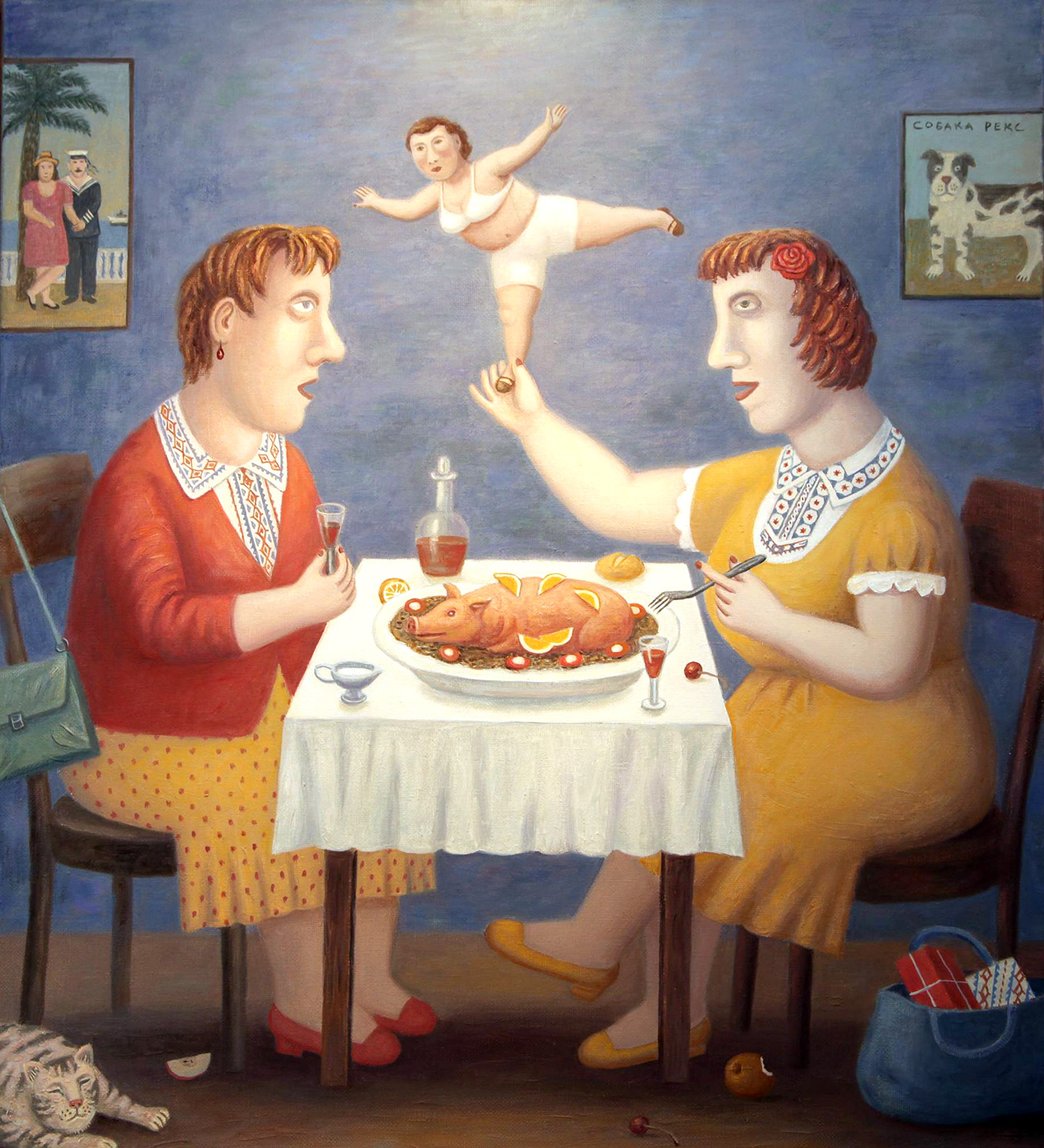 Lyubarov on characters in his paintings: "Savage, rugged, funny, but good and shrewd. Real philosophers, especially after drinking." Source: Vladimir Lyubarov/Genrietta Peryan/Global Look Press
Lyubarov on characters in his paintings: "Savage, rugged, funny, but good and shrewd. Real philosophers, especially after drinking." Source: Vladimir Lyubarov/Genrietta Peryan/Global Look Press
Another series is called "Jewish Happiness." It’s based on stories told by his Jewish grandmother, who owned a tavern before the Revolution called "At Madam Lyubarov's" and who used to prepare gefilte fish. She blended personal memories with the prose of Sholem Aleichem.
Lyubarov's paintings have many details that many Russians are familiar with, but that are gradually being forgotten. Skiers' caps, boxes of Hercules porridge on store shelves, large iron scales, potato sacks, and salted cucumbers - his paintings depict iconic objects of Soviet life with good-natured irony. "This is my view of the Russia that lives according to the laws of 'the Russian miracle' - in its special space, its special time, which connects the past, the present and the future," the artist sums up.
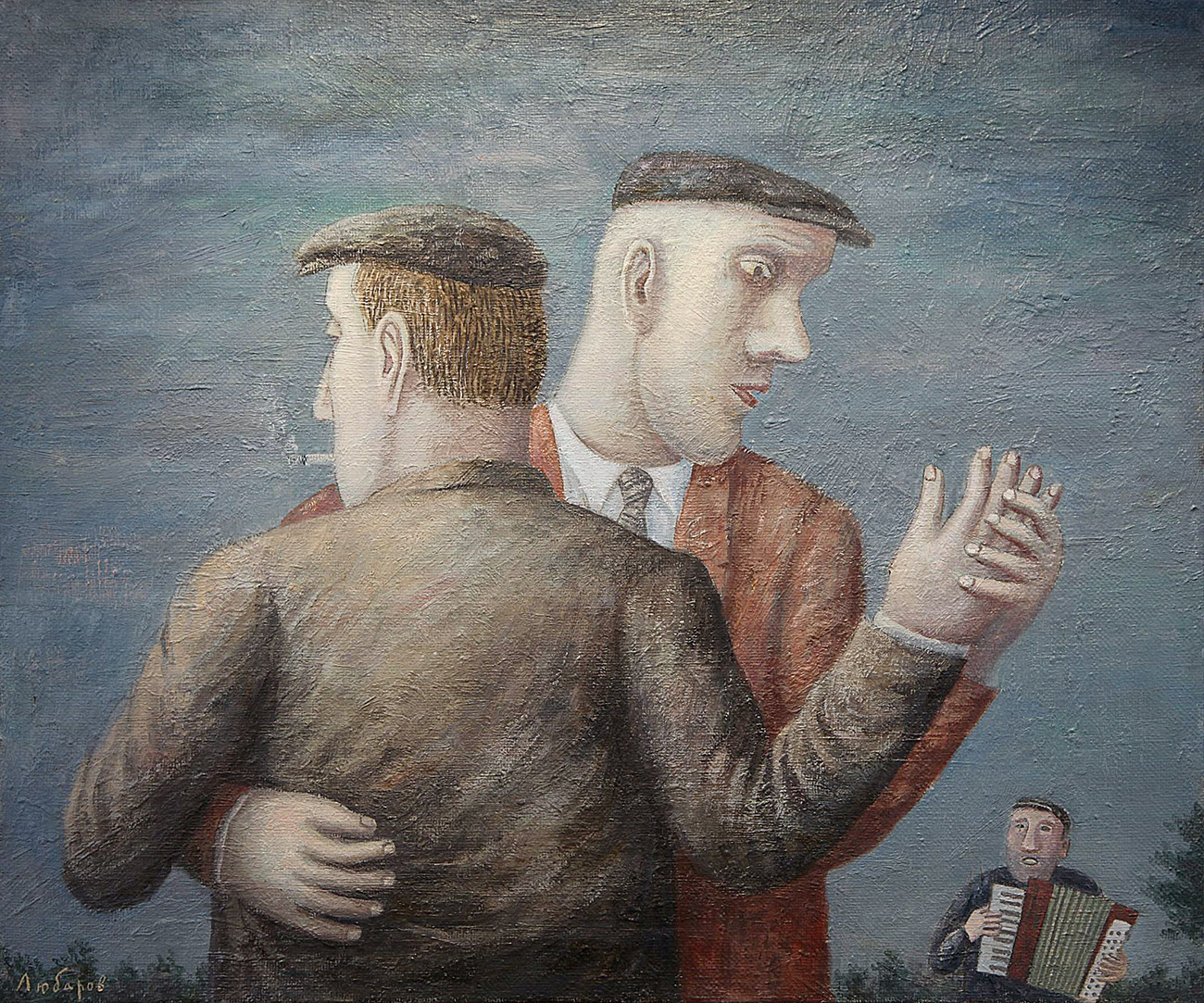 Lyubarov's paintings have many details that many Russians are familiar with, but that are gradually being forgotten. His paintings depict iconic objects of Soviet life with good-natured irony. Source: Vladimir Lyubarov/Genrietta Peryan/Global Look Press
Lyubarov's paintings have many details that many Russians are familiar with, but that are gradually being forgotten. His paintings depict iconic objects of Soviet life with good-natured irony. Source: Vladimir Lyubarov/Genrietta Peryan/Global Look Press
Read more: Monet and Degas: an acquired taste or just plain tasty?>>>
If using any of Russia Beyond's content, partly or in full, always provide an active hyperlink to the original material.
Subscribe
to our newsletter!
Get the week's best stories straight to your inbox